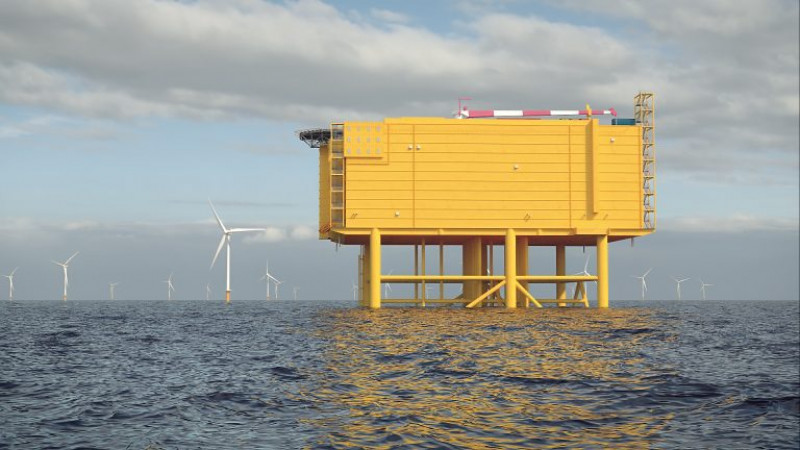High voltage offshore substations are a critical and complex component of an offshore wind farm project. With array cables from turbines connecting to it, the substation's key function is to reduce electricity losses, by either increasing the voltage or by converting alternating current (AC) to direct current (DC), and then transporting the power to shore via the export cable.
Ensuring your substation meets the complex needs of the project - from initial design concept to fabrication, installation, commissioning and then maintenance - requires a supply chain with the right expertise
Substations themselves can be HVAC or HVDC by design, although there are significant capital cost differences. The topside of a HVAC substation weighs from 1,200 - 3,000 tonnes, whilst a HVDC design would be around at least 10 times that at 12,000 - 18,000 tonnes and is generally considered for wind farms a long distance from shore (greater than 80- 100km). The weight difference also has significant implications for transporting the substation to site, as you would expect, as well as general manufacturing cost implication.
As with wind turbines, substations also need suitable support structures (which should also enable access by both sea vessels and helicopter) and they need to be able to cope with the appropriate weight, again bringing cost implications.
A HVDC substation, however, can generally accommodate greater capacity (approx. 1 GW), although AC converter substations may still be necessary. In contrast, at least two HVAC substations would be required for 1 GW of capacity.
Depending on which type of substation chosen, it will require some or all of the following:
HV switchgear
Transformers
Converters
Reactive power compensation systems (passive and active)
Earthing systems,
Auxiliary systems (electrical, control and monitoring),
Cable trays, tracks, claims and supports

